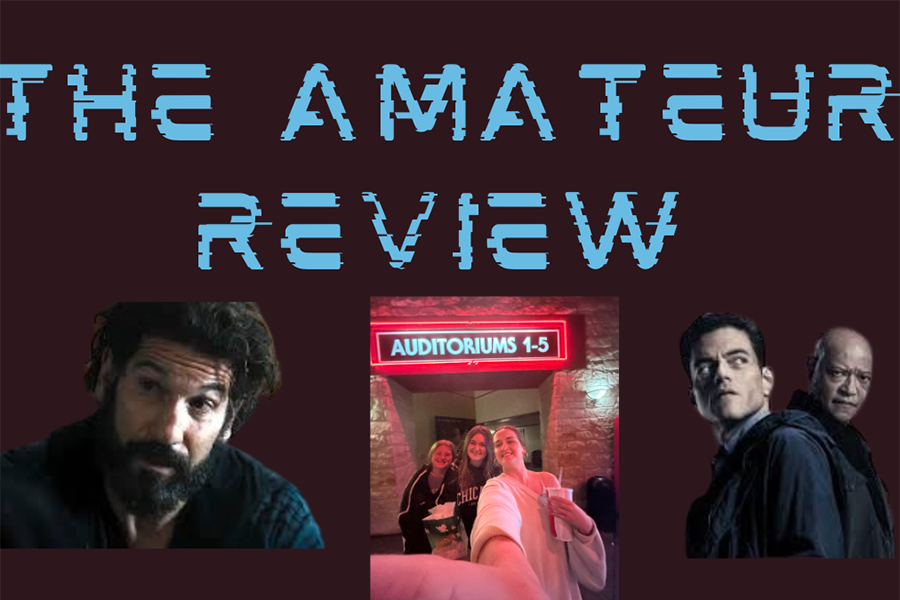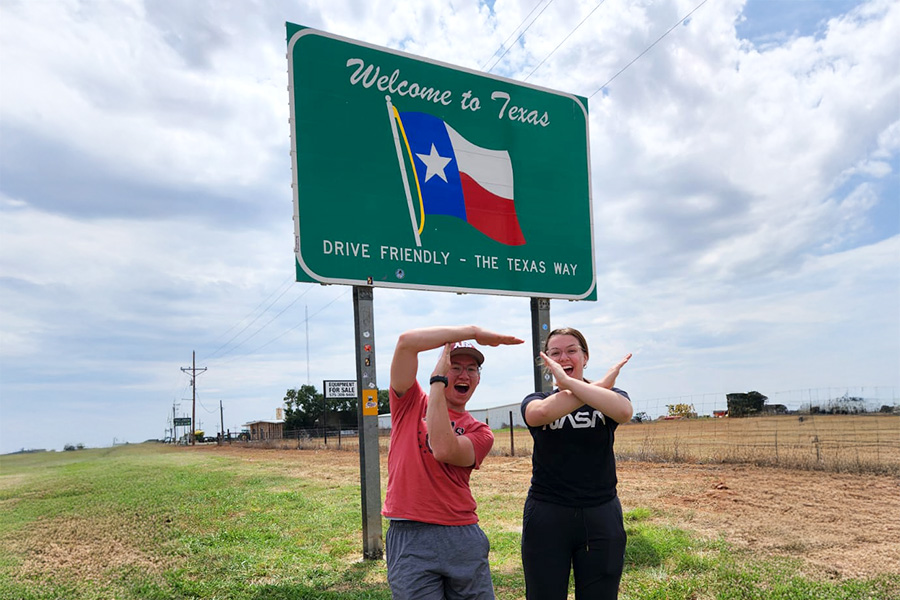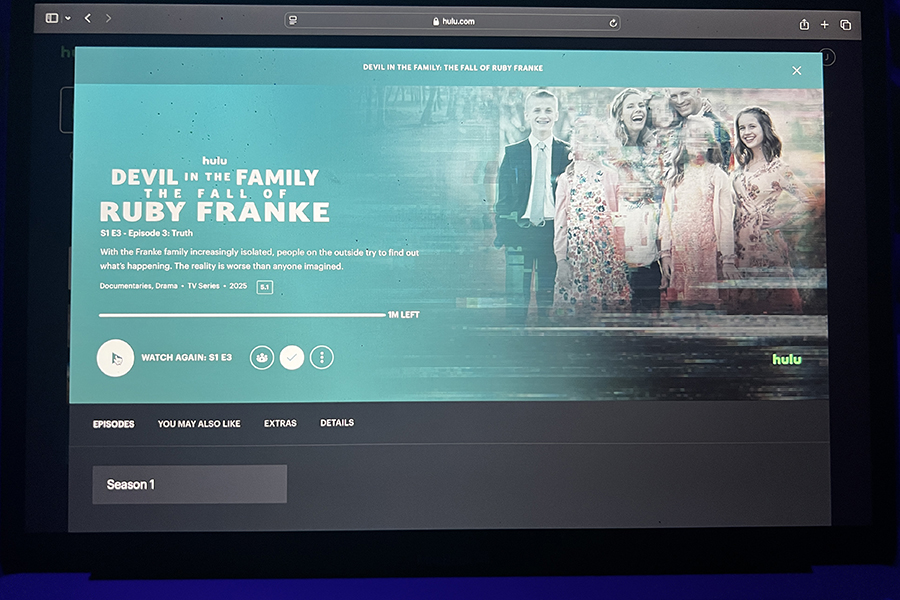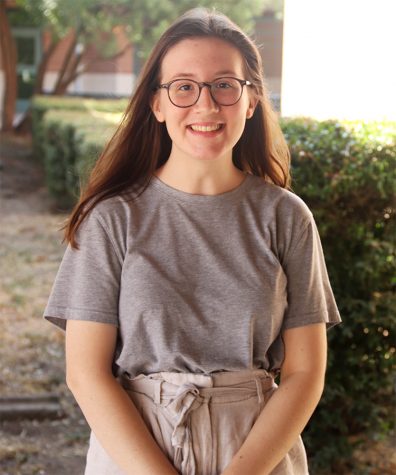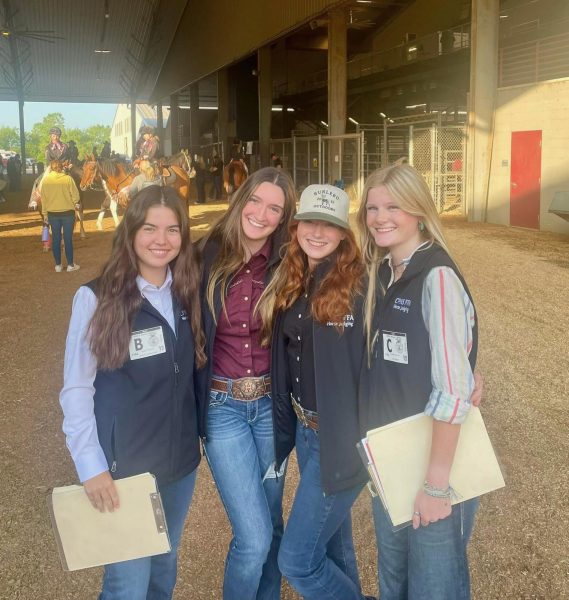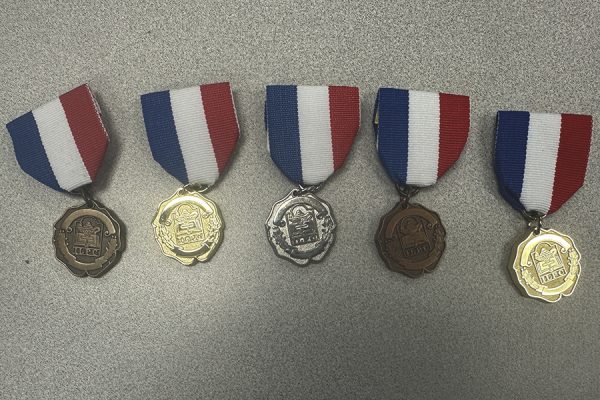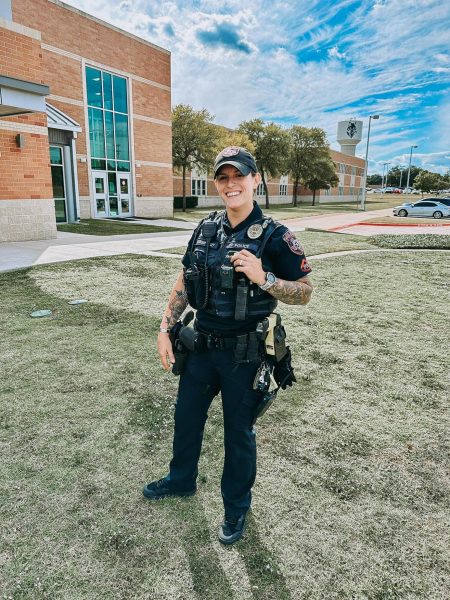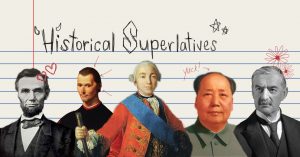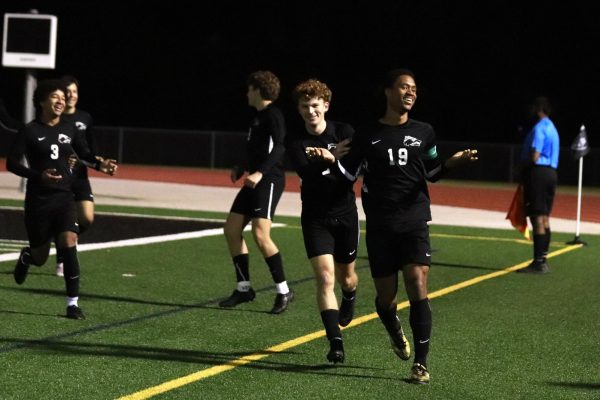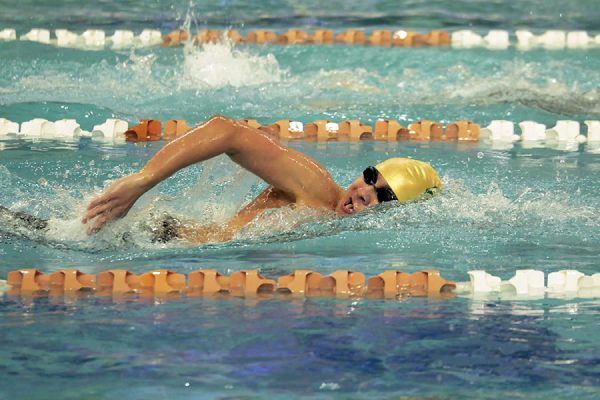Too COOL For School
Reporter Emily Mahoney details her experience with COOL week and the program’s impact.
Even if the only benefit is finding out what not to do for a career, Reporter Emily Mahoney explores the value of COOL Week and its impact on students and beyond.
March 23, 2020
After getting lost in the parking lot and nearly arriving late, I stepped into my COOL Week assignment- the quaint office building of Hill Country News- to be greeted by a swanky Richard Stone. Although students were encouraged to wear business casual garb (which I had raided Target for the prior weekend), the editor-in-chief’s wardrobe consisted of bright red converse and a single gold hoop earring, paired with clothing which reminded me of something I’d see at school rather than at a professional workplace. In spite of this, his amicable and motivated personality seemed to carry the publication better than a dress code ever could. After giving us instructions for the week to come, Stone candidly explained on Monday morning how he had to drive all the way from his home in a distant Texas city to be at the office, and that he’d see us again on Wednesday. The door swung comically shut behind him. Remaining sat myself and four other journalism students, each from a different high school, as well as a thick hanging silence that made the windowless room feel even stuffier than it already was.
At first daunting and entirely unsupervised, our project was to gather information and quotes to write a 600 word feature story on COOL Week and a 300 word sidebar on exactly what COOL Week was for unknowing readers. If there are any such readers for this story; COOL Week is an internship opportunity sponsored by LISD for high school seniors to shadow local businesses and corporations for up to five days during the weeks of Feb. 24 through 28, or March 2 through 6.
Quickly shaking any awkwardness, our plan of action began with making numerous calls to businesses that were hosting students for COOL Week. We heard back from nearly every company we contacted, and even had to cancel meetings with some because our schedule was so packed with interviews. On our journalistic jaunts around the greater Austin area, I discovered the enormous variety of positions available during COOL Week and was fortunate enough to tour those among them willing to have us. For someone considering journalism as a career, but was still unsure, this was a very exciting opportunity- I had the chance to learn about the numerous tasks a museum curator, video game developer and a jewelry designer do in a day, all while working for Hill Country News and getting that experience as well.
With a COOL Week internship, even those who are truly clueless about the future can gain some insight into what they may- or may not- want to do. The selection of internships is greatly broadened from its already wide reach by the fact that students can take advantage of self-placements by reaching out to companies that specifically interest them. If students find themselves wanting to intern but do not possess any particular plans, numerous interesting placements have already established a relationship with COOL Week and host students with differing levels of exposure to their fields. Some companies which participated in the program this year include Kendra Scott, Austin’s Blanton Museum of Art and Bob Bullock Museum, Zynga, Dell and many more.
Being assigned to analyze COOL Week and write an article about it greatly changed my perspective of the program. Stone encouraged us to find out how COOL Week impacts schools, businesses and the community in our interviews. Most of my experience was centered around how it benefits students, but it seems that allowing kids to be career-ready in addition to the constant mantra of being college-ready benefits everyone involved. It generates interest for employment in participating businesses as well as a fresh perspective and learning experience for employees in their interactions with students. It may seem that low attendance could hinder productivity in the classroom, but COOL Week has the potential to motivate students if they gain a positive vision of their futures to work for, and it provides future business contacts once students find their own success in the workplace. The community benefits from a student body with a clearer sense of direction who reap greater benefits from their educational experience.
In one of my classes this year, we were asked to do a presentation about our future goals when we were 20, 25 and 30 years old. While this was intended to be a fun, surface-level activity, I found it interesting how the goals of many students, including myself, became more vague as time went on. Age 20 mainly consisted of being successful in college, at 25, some students predicted they would be married or have kids; but by 30, the amount of students who answered with absolute uncertainty or that they would be dead (in a non-concerning, humorous way) was surprisingly plentiful, and I was certainly among them. Being at COOL Week, however, and seeing adults thriving in a workplace of my interest gave me some hope for the future, as well as an odd comfort that an unknown version of myself might turn out okay after all.
I think the real value of COOL Week manifests in that, for many students, it is their first opportunity for trial and error for a potential career in a lifelong journey of trials and errors. Despite my relatively positive experience at Hill Country News, I can now confidently say that I am not interested in a journalism career. I still enjoy writing and learning about people and my community, but there are also several aspects of journalism I would rather not deal with onward until retirement. While it’s a little disappointing that I didn’t absolutely fall in love with my COOL Week career, I feel more relieved that I will never regret not giving journalism a fair chance. If I’ve learned anything from putting aside my initial fears for doing COOL Week and new things in general, I think that simply giving something a chance is more than enough reason for students to go for it, and maybe come out of the experience a little more excited for the future.
To paraphrase Thomas Edison, I may not know what I want to do with my life, but I have found 10,000 careers that will not work.

![Posing with their UIL State Trophy, the Robolobos Van Halen Team beams with excitement after their win. “It was a team effort,” junior Noah Vo said. “I was happy because something happened in the first match and the match was also really close. So [when] they finally revealed it, I was pretty happy.” Photo courtesy of Amy Lovelace](https://cphswolfpack.com/wp-content/uploads/2025/05/IMG_0910-EDIT-1200x723.jpg)
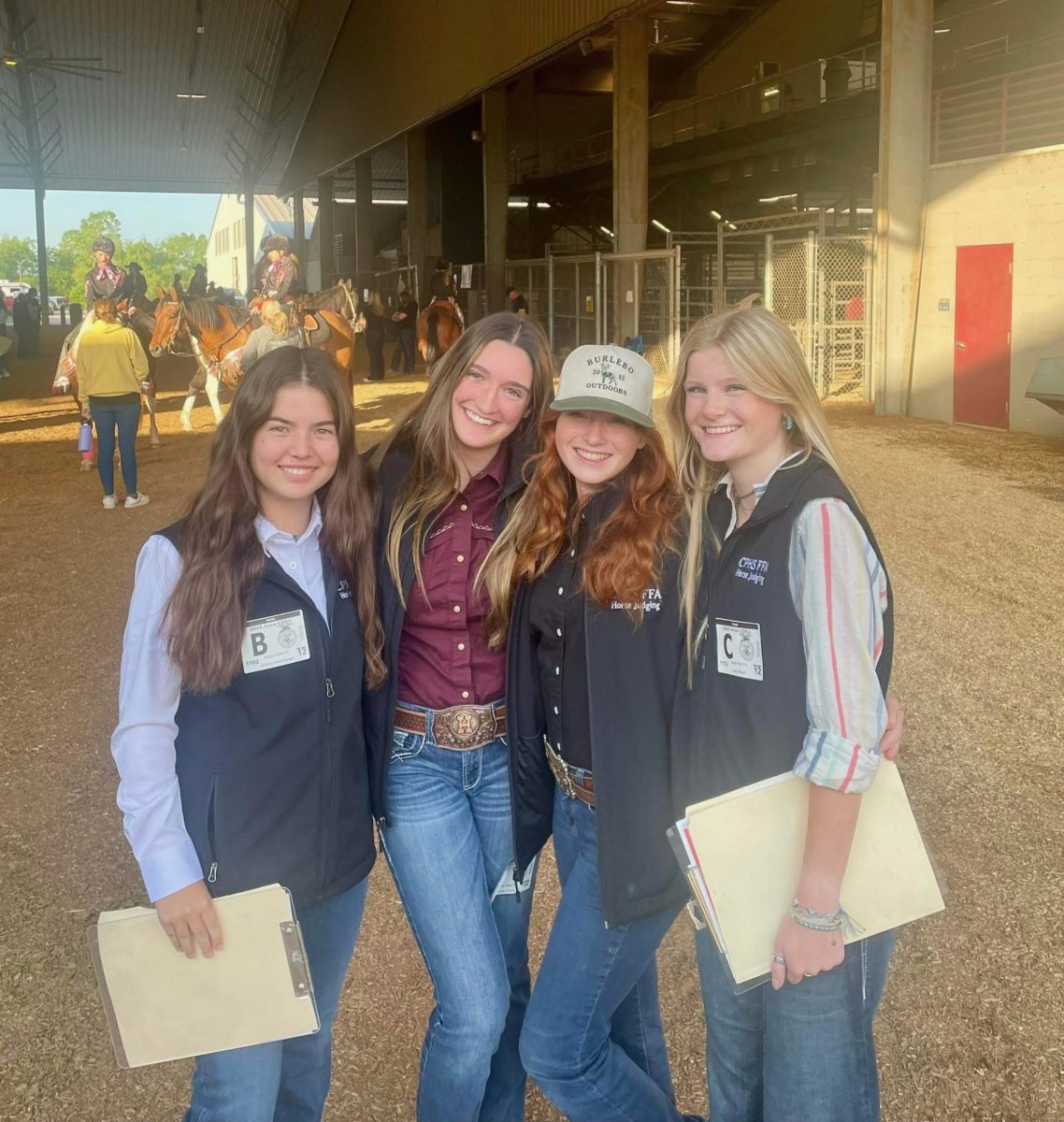
![Broadcast, yearbook and newspaper combined for 66 Interscholastic League Press Conference awards this year. Yearbook won 43, newspaper won 14 and broadcast took home nine. “I think [the ILPC awards] are a great way to give the kids some acknowledgement for all of their hard work,” newspaper and yearbook adviser Paige Hert said. “They typically spend the year covering everyone else’s big moments, so it’s really cool for them to be celebrated so many times and in so many different ways.”](https://cphswolfpack.com/wp-content/uploads/2025/05/edited-ILPC.jpg)


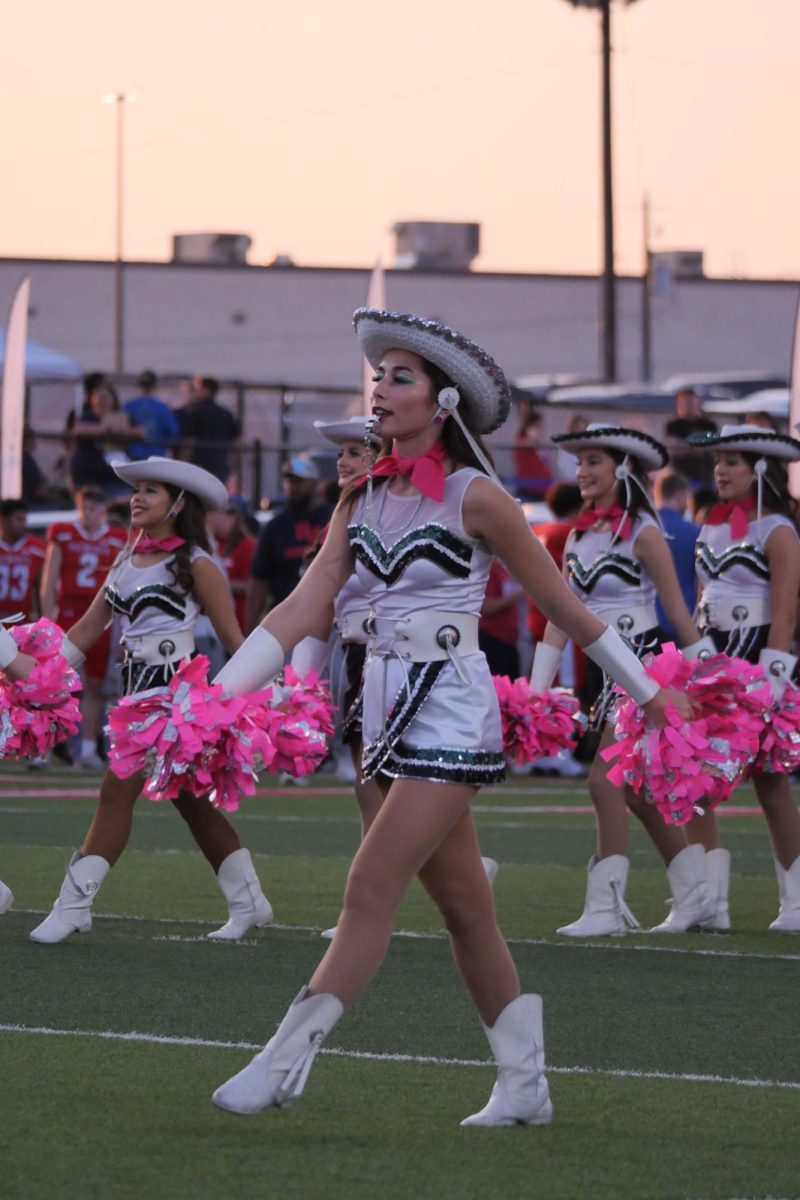





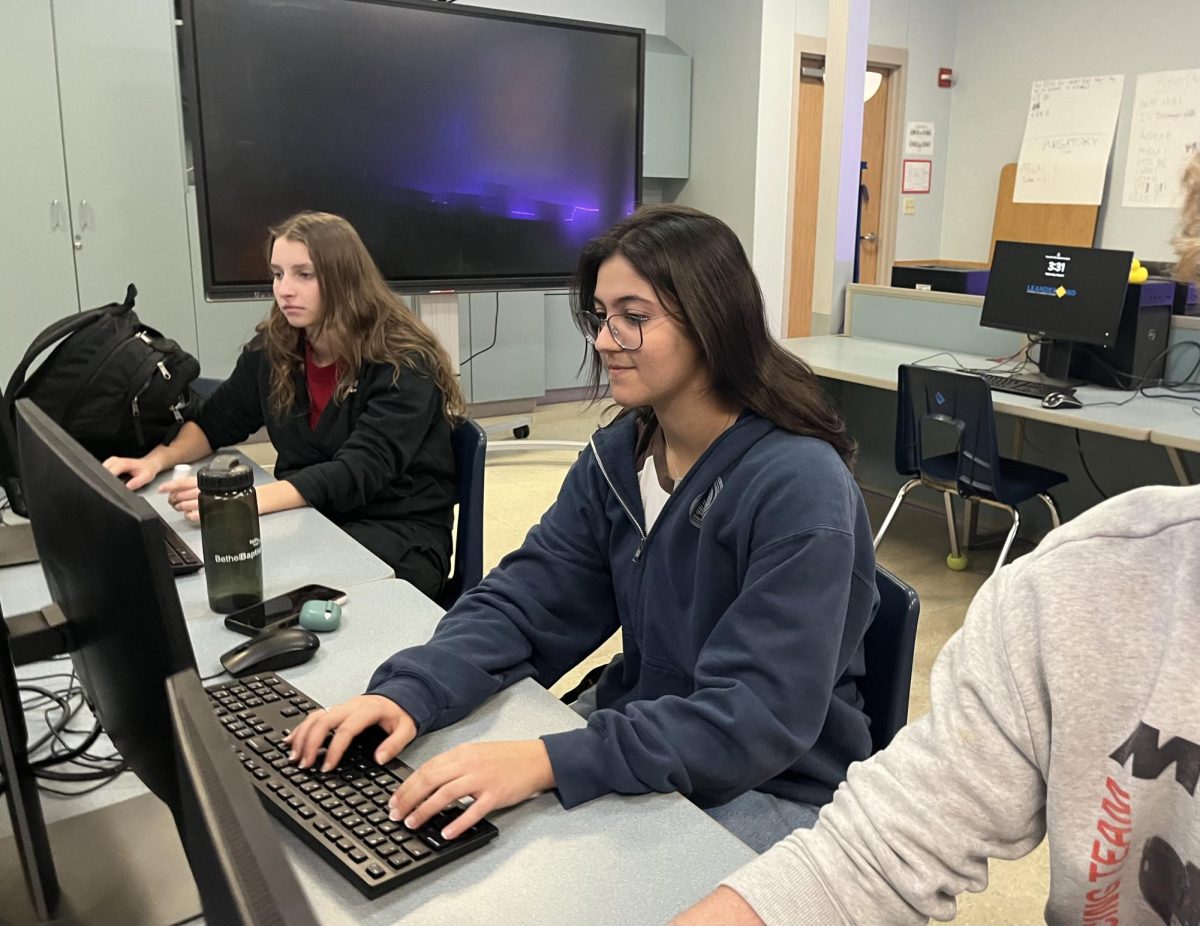


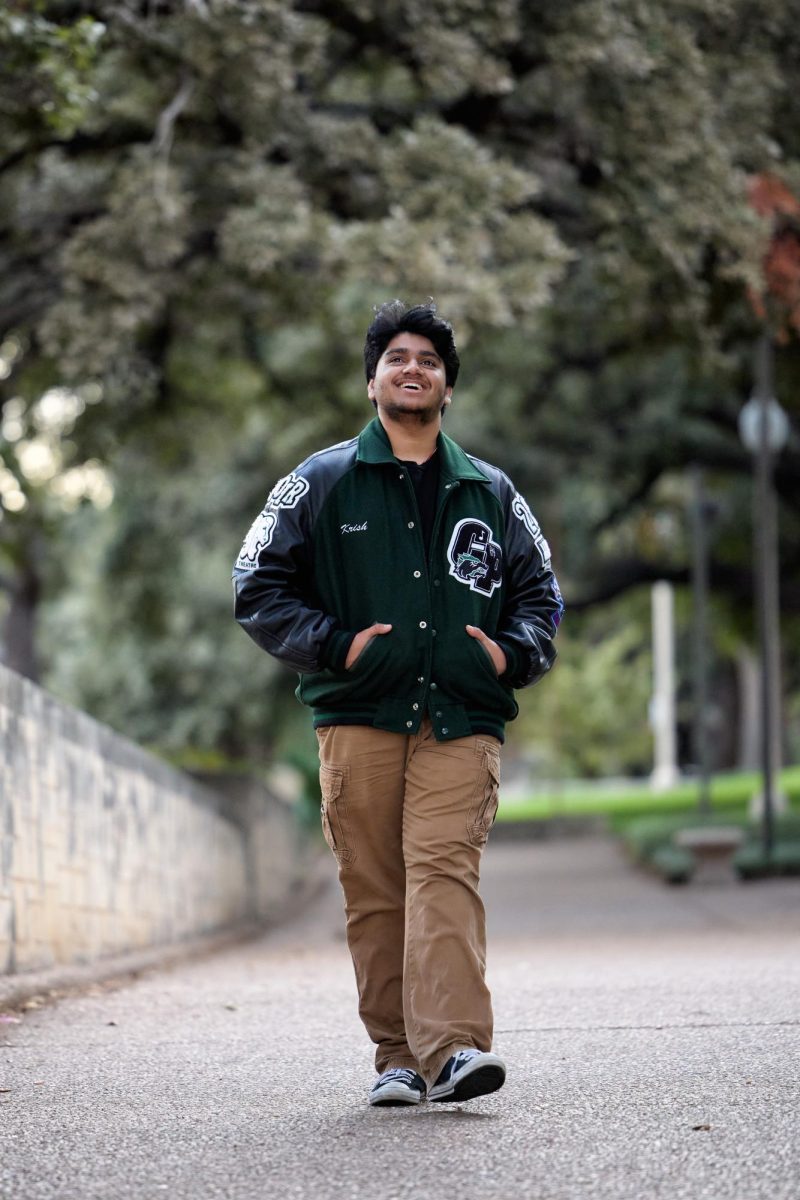

![Bringing her arm over her head and taking a quick breath, junior Lauren Lucas swims the final laps of the 500 freestyle at the regionals swimming competition on date. Lucas broke the school’s 18-year-old record for the 500 freestyle at regionals and again at state with a time of 4:58.63. “I’d had my eye on that 500 record since my freshman year, so I was really excited to see if I could get it at regionals or districts,” Lucas said. “ State is always a really fun experience and medaling for the first time was really great. It was a very very tight race, [so] I was a bit surprised [that I medaled]. [There were] a lot of fast girls at the meet in general, [and] it was like a dogfight back and forth, back and forth.” Photo by Kaydence Wilkinson](https://cphswolfpack.com/wp-content/uploads/2025/03/Kaydence-2.7-23-edit-2.jpg)
![As the support team sits and poses for a photo in the cafeteria with the counseling team they eagerly wait to start their day. "We [all] seem to be a team, I get up every day and there's days where I don't want to go to work today, but I'm thankful that I have a job and I'm blessed to have what I have," Christopherson said. Photo Courtesy of Julie Weltens.](https://cphswolfpack.com/wp-content/uploads/2025/01/AF9E8470-10D7-4C91-BF28-EC8F86BAB66C-1200x852.jpeg)
![Officer Stephanie Cash is in her second year as an SRO at CPHS. “Seeing [students] grow over the years has been kind of cool,” Officer Cash said. “Freshmen that [are] all over the place and then in the next couple of years get a little more squared away and go to class and do work and start thinking about the future. Being a part of a student's growth is the best way to measure my success as an SRO.” Photo Courtesy of Cedar Park Police Department's PIO, Alicia Gallagher.](https://cphswolfpack.com/wp-content/uploads/2024/12/CPHS-SRO-900x1200.jpg)


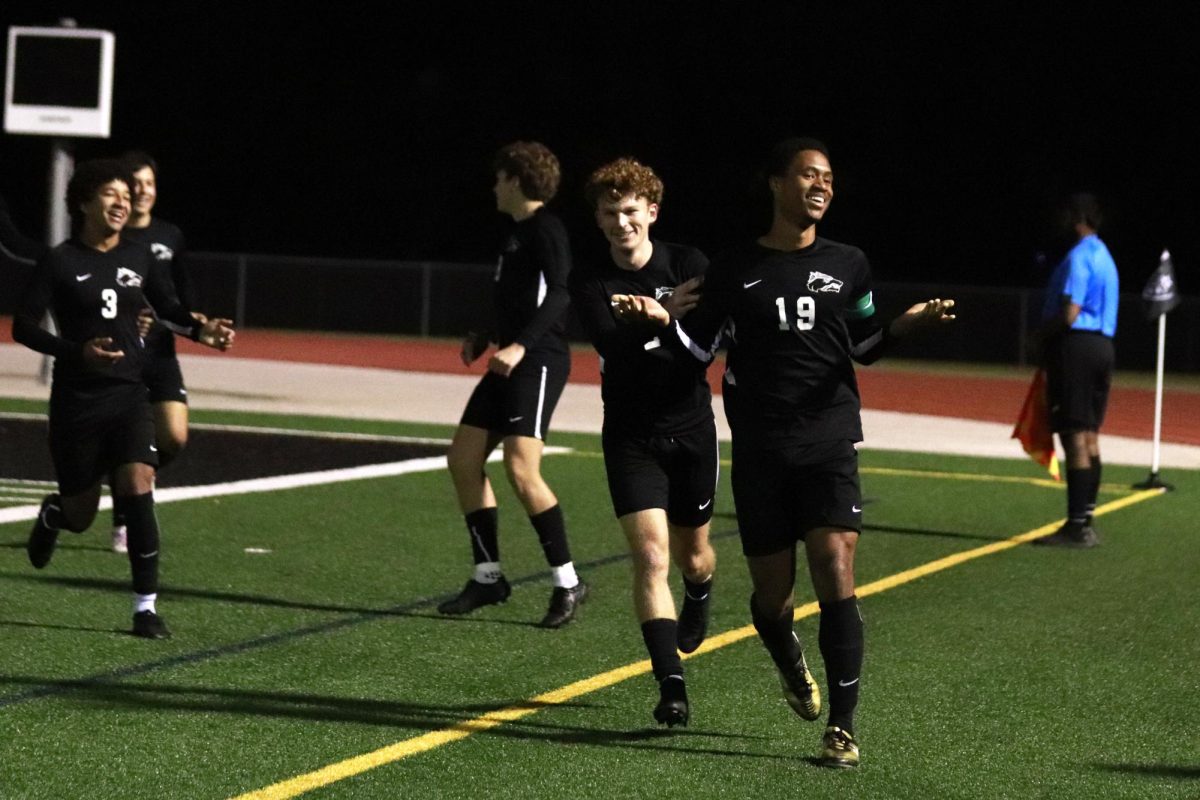
![Taking a breath as he raises his arm up and out of the water, sophomore Kaden Padilla swims the 500 freestyle at the UIL state meet on Feb. 21-22. Padilla placed 10th overall and second in the consolation final in the event, dropping two seconds. “My family was there, so being able to drop time for them was really special,” Padilla said. “It was awesome [finding out I advanced to the consolation finals]. I wasn’t expecting it, and I was very surprised. My parents being there definitely made me a lot happier knowing they got to see me swim in finals.” Photo by Skyler King.](https://cphswolfpack.com/wp-content/uploads/2025/03/kaden-padilla.jpg)

![Three defenders try to stop senior point guard Hope Edwards before the ball leaves her hands. The girls basketball team faced Liberty Hill on Feb 21, losing 58-40. “[My season was] definitely bittersweet,” Edwards said. It's definitely sad [because] I'm gonna miss all my teammates, my coaches and just the whole CP environment.”](https://cphswolfpack.com/wp-content/uploads/2025/03/julia-128-1200x800.jpg)
